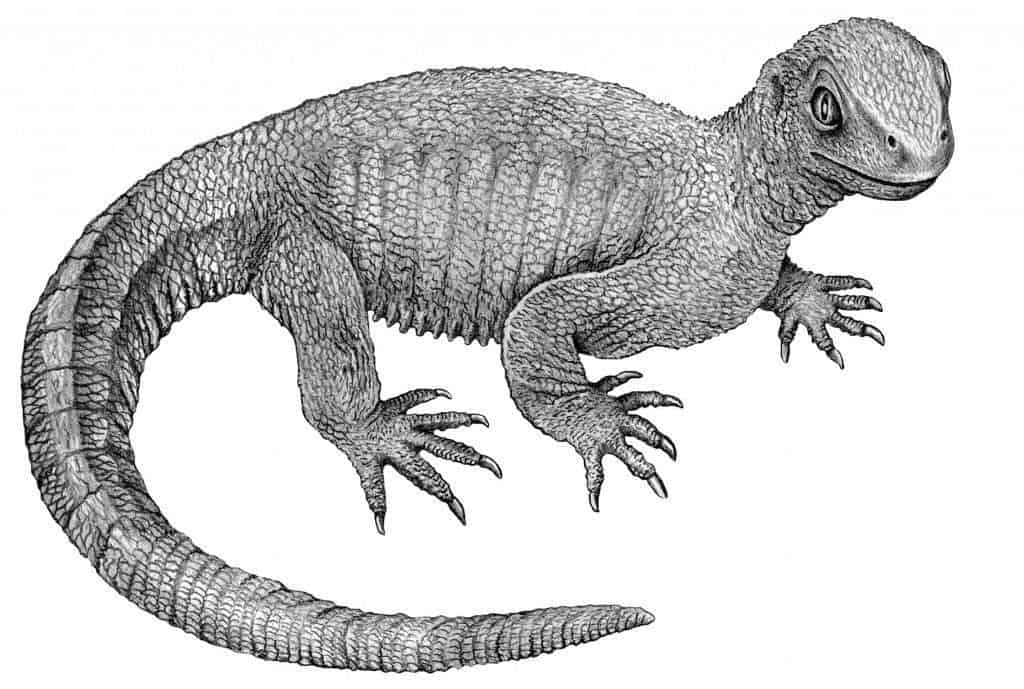
Cancer is not a recent phenomenon but rather a pervasive disease that has been plaguing creatures probably since the first multicellular organisms evolved billions of years ago. That’s an assumption, though, because no one truly knows when cancer first appeared because it’s very challenging to spot in fossils. Typically, cancer gets preserved in soft tissue and very rarely in fossilized remains. This is why this latest study is so exciting — it details the case of bone cancer found in a 240-million-year-old shell-less turtle. According to researchers, this may be the oldest case of bone cancer found in an amniote (reptile, bird, or mammal).
In order to detect cancer, the researchers led by Bruce Rothschild, a research associate at the Carnegie Museum of Natural History in Pittsburgh, Pennsylvania, used microscopy and computerized tomography to peer inside the ancient turtle’s left femur. The Triassic fossil was discovered in Germany about six years ago and belongs to Pappochelys rosinae. The reptile was only 20 centimeters long (8 inches) and had broad ribs. It didn’t have any shell — the signature feature which modern turtles are known for evolved 30 million years later. The origin of the turtle’s shell is a fascinating and controversial subject among biologists, and a whole story in itself.
The scans showed a peculiar mass in a layer of the bone called the periosteum. The researchers ruled out an infection and concluded that the lesion was malignant periosteal osteosarcoma, a type of bone cancer. Curiously, the cancer is almost identical to the osteosarcomas afflicting humans today. The oldest cancer in a human ancestor was also a bone cancer, a foot bone belonging to a relative who died in Swartkrans Cave, South Africa, between 1.6 and 1.8 million years ago.
It’s impossible to know for sure whether this cancer was ultimately responsible for the turtle’s demise but we know from cases in humans that the disease often spreads to the lungs. If that was the case here as well, the turtle would have become weak and less able to escape or feed, making it vulnerable to predators and other diseases.

The findings published in JAMA Oncology are important for cancer research, suggesting that ancient and modern cancer share deep evolutionary roots. The fact that researchers have not only been able to identify cancer, but also diagnose a rare subtype suggests that the disease hasn’t changed very much in millions of years.


